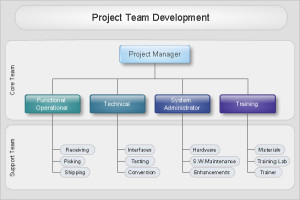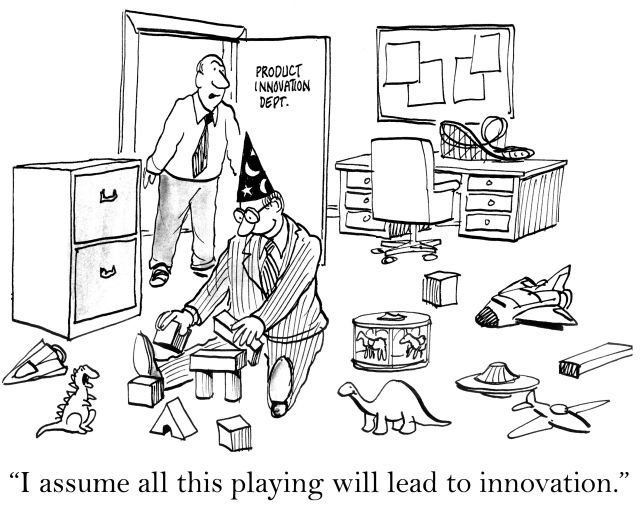How coffee breaks can help businesses
Welcome to writing/communications Wednesdays.
How often do you hear: “Hey get back to work!” when employees are having a chat in the hallway or drinking coffee together?
I think coffee breaks can help businesses succeed because informal networks fulfill a natural human need.
Informal networks in business

Informal networks within a formally established workplace hierarchy, can help businesses succeed. Most businesses have a formal hierarchy in place and employees know where they fall on the “tree”. What is less often addressed in the inherent development of informal networks within the formal business network.
Charles Kadushin (2012) in his book “Understanding Social Networks: Theories, Concepts and Findings” states that:
It is always true that informal networks emerge alongside a formally designed network” (p. 106).
Some informal networks within organizations can be detrimental to business operations and may be recognized as cliques. Each member knows each other and they have reciprocal relationships that render them a cohesive impenetrable unit. For example, maybe only certain employees get invited for coffee breaks or to have lunch together. These informal networks are often based on personal relationships.

But there is an opportunity for organizations to encourage the development of productive informal networks. One organization that does this is Google. People know that Google employees work in a unique environment that includes colourful decor, recreational areas, and personal services on site. Google fosters the development of informal networks within it’s hierarchy because as the saying goes two heads are greater than one. By being able to come together over coffee or a game of fooseball, employees can relax, take a mental break, and develop new ideas. Google permits employees to spend 20% of their work week on projects unrelated to their current job. They can act as a peer network to offer each other advice and even moral support.
My informal networks

In my workplace, there are some people who work in a similar subject area, but they do not meet informally to talk about their challenges, successes or even to have casual personal conversation. This creates a divide that follows the established hierarchy and prevents creativity, innovation and establishing best practice to improve employees’ efficiency and work satisfaction. Not every organization can build a Googleplex, but they can make small efforts to encourage informal networks. For example, I work with communications colleagues from several different departments to discuss challenges and exchange ideas. I also do take coffee breaks with colleagues within my department who work in different areas so that I can understand more of what they do and it also sometimes feeds into ideas for new communication practices.
With my academic colleagues for my Master’s program, we have a more formal network established in our closed conversations on the course wiki, but the informal network we’ve created through Twitter allows us to take those “coffee breaks” and chat about ideas and themes related to what we’re formally learning about from different angles and perspectives.
Benefits of informal networks
Informal networks can create a sense of a team environment and encourages employees to talk to each other face to face. Learning about each other and communicating on an informal level can improve relationships because employees learn that there is a person behind that email.
As Alex Pentland writes:
In fact, humans rely so much on our ability to learn from the ideas that surround us that some psychologists refer to us as Homo imitans. The collective intelligence of a community comes from idea flow; we learn from the ideas that surround us, and others learn from us. Over time, a community with members who actively engage with each other creates a group with shared, integrated habits and beliefs. (via Wired Magazine)
Humans have the innate desire to socialize and rigid hierarchies close the door of opportunity for ground-level collaboration and natural team building. With the digital environment, there is much less face-to-face and even over-the-phone conversations. I think organizations could improve efficiencies and employee satisfaction simply by allowing informal networks to develop. Providing a common lunch room or coffee break area provides a designated, yet open space for employees to come together on their own free will. If employees can talk comfortably in person, they may be more likely to call someone or go speak with them in person instead of emailing back and forth someone sitting five feet away.
Does your workplace support informal networks and creativity? Do you have a lunch or break room?


Too right. Coffee breaks are one of the best ways to network informally.
Smart post Nicole! Nice application of network theory to a real world scenario. Open Space Technology – a method for organizing conferences and meetings – is founded on the notion that the best ideas and most important connections are made on the coffee break. Hence extra long breaks! It’s a neat philosophy and approach to look into if you’re ever planning a larger group meet 🙂